Determining Energy Capacity for Hydrogen In Existing Natural Gas Pipelines
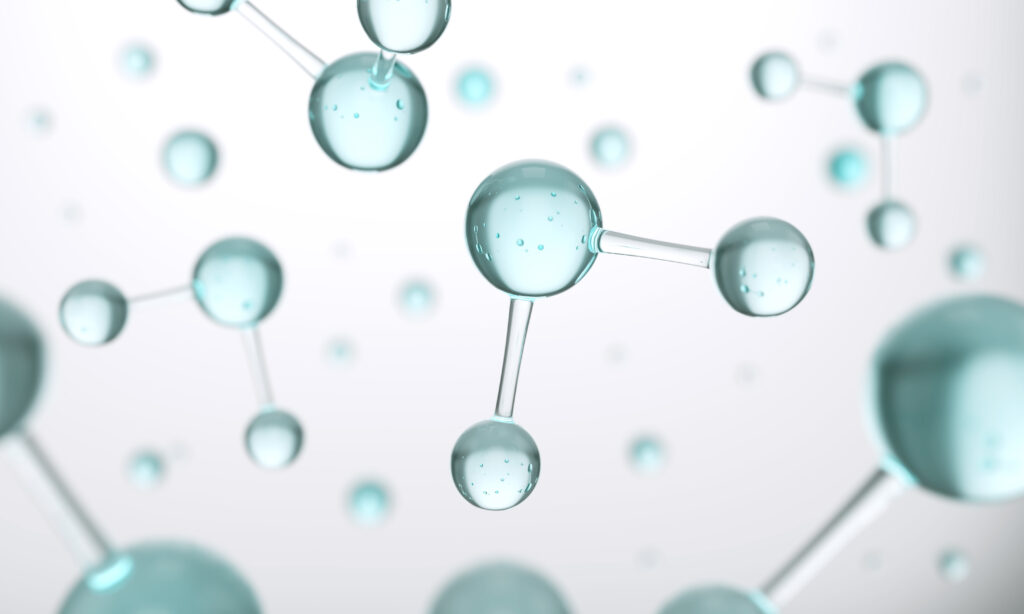
Hydrogen plays an important role in the energy transition and has an impact on production, transmission, storage, utilization up to district heating and the integration of electric and gas transmission systems. By converting the electric energy into hydrogen, it can be easily transported with (and stored in) parts of the existing natural gas transmission network. […]
Biomethane Injection Best Practices
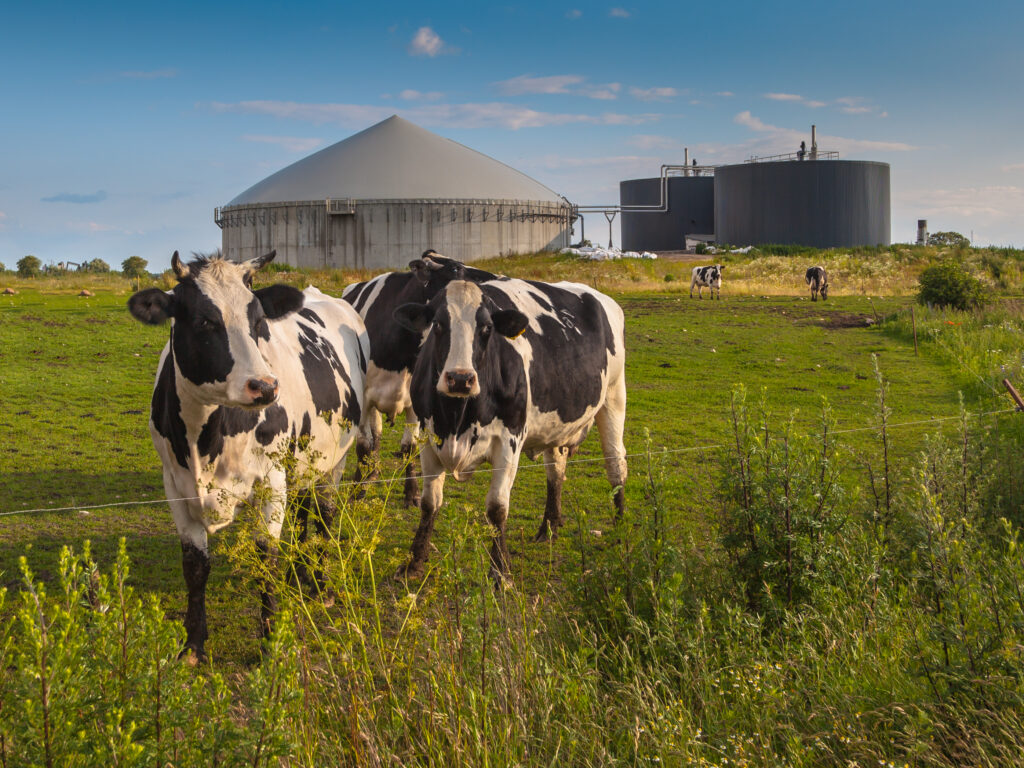
The biomethane industry is gaining more interest due to its potential to deliver clean energy to a wide array of end uses, especially when this can be done using existing infrastructure. According to the International Energy Agency (IEA), currently, 3.5Mtoe of biomethane is produced worldwide (the vast majority in the European and North American markets). […]
GERG ‘Technology Benchmark for site level methane emissions quantification’ – Phase II.A
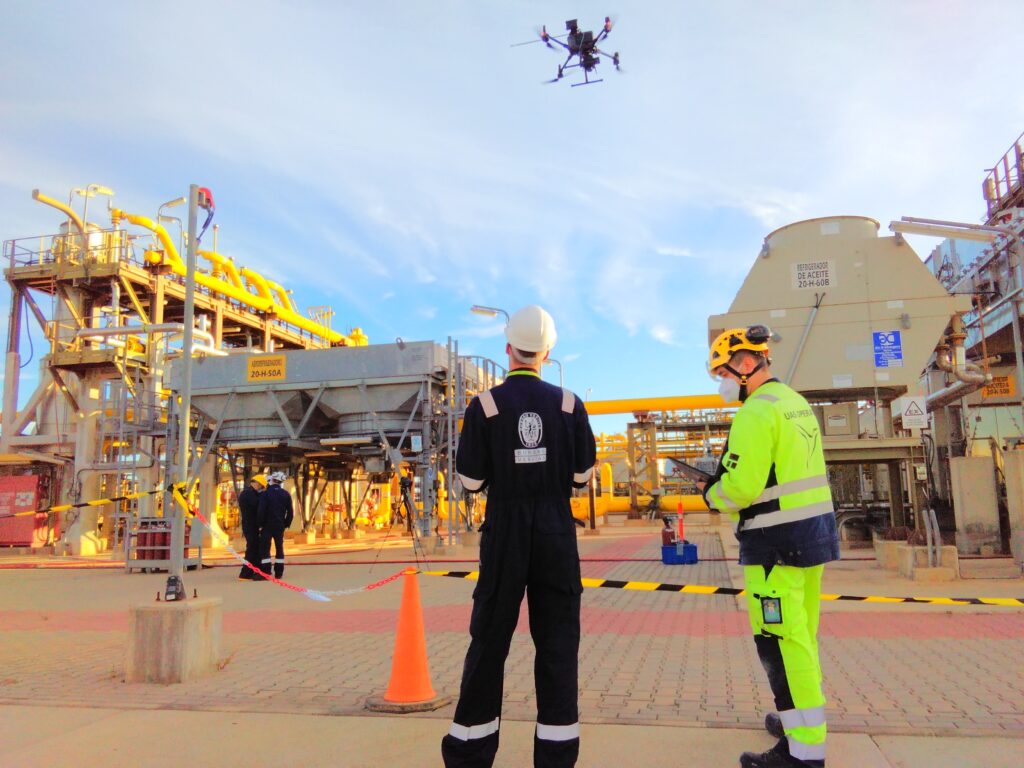
The initiative aims to enhance understanding and support the adoption of new technologies to quantify and reduce efficiently methane emissions in midstream infrastructures. This pioneering project enabled the assessment of the most promising site-level methods to better understand their capabilities and limitations under real-world field conditions. This is the first time such an extensive benchmarking […]
GERG ‘Technology Benchmark for site level methane emissions quantification’ – Phase I
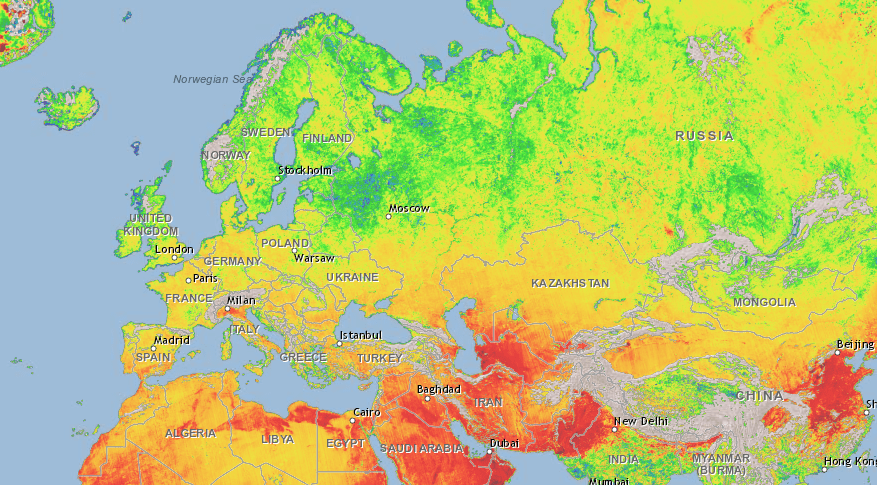
The use of natural gas to replace oil and coal is one of the most feasible options for reducing carbon dioxide (CO2) emissions. However, methane (CH4) is the main component of natural gas and the second most important greenhouse gas emitted after CO2 due to its Global Warming Potential (GWP): according to the Intergovernmental Panel on Climate Change (IPCC) if we […]
Removing the technical barriers to use of hydrogen in natural gas networks and for (natural) gas end users.

Hydrogen has now become a major pillar of the European roadmap to carbon neutrality. Opportunities exist to blend hydrogen into the existing natural gas network, and also to repurpose the network for dedicated hydrogen use. Technical barriers remain, and these are perceived differently across European transmission and distribution network. Additionally, a full impact assessment on […]
THyGA: Testing Hydrogen admixture for Gas Applications

The use of hydrogen as an energy vector is expected to play a key role in the decarbonization of the European energy system. Yet, there is a need to further understand which technologies can ensure a safe and efficient way of injecting hydrogen – either in its pure form or blended with natural gas- into […]
Combustion controlled condensing boilers

The integration of renewable gases (hydrogen, biomethane…) is of increasing importance in view of the rising need to join efforts in order to mitigate greenhouse gas emissions. In this context, gas quality and the definition of acceptable ranges of variation was in intensive discussion and a central goal of European standardization work. For this reason, a growing number of manufactures developed and brought to market integrated self-regulating components for condensing boilers. […]
Raman method for determination and measurement of LNG composition

Raman spectroscopy measures the composition of liquefied natural gas in the liquid phase. LNG composition data is vital in processing and is required to obtain a “Certificate of Quality” for contractual and fiscal metering. Some of the benefits of using a Raman Analyzer System are: The composition measurement is directly made in the LNG, reducing thus the complexity. It reduces OPEX cost and improves measurement precision. There are independent systems […]
MEEM DSO
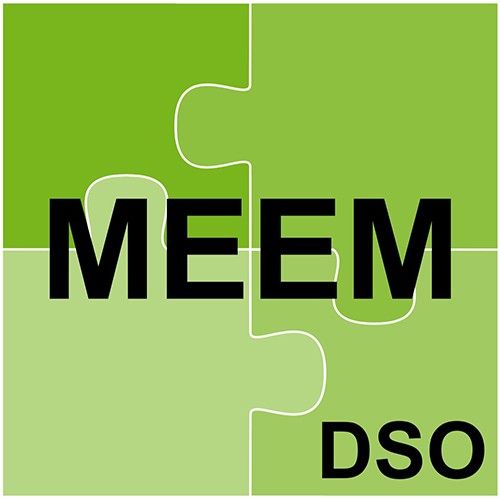
Methane, which is 25-times more potent in a 100-year time horizon as a greenhouse gas than CO2, has become an increasingly important topic. The different approaches/methods for methane emission estimation were very different in Europe. This put the gas industry in a difficult situation as there were some complications to identify them consistently. There was thus a need to define a consistent, transparent, reliable and accurate method for its estimation in order to […]
Removing the technical barriers to uses of biomethane in gas networks
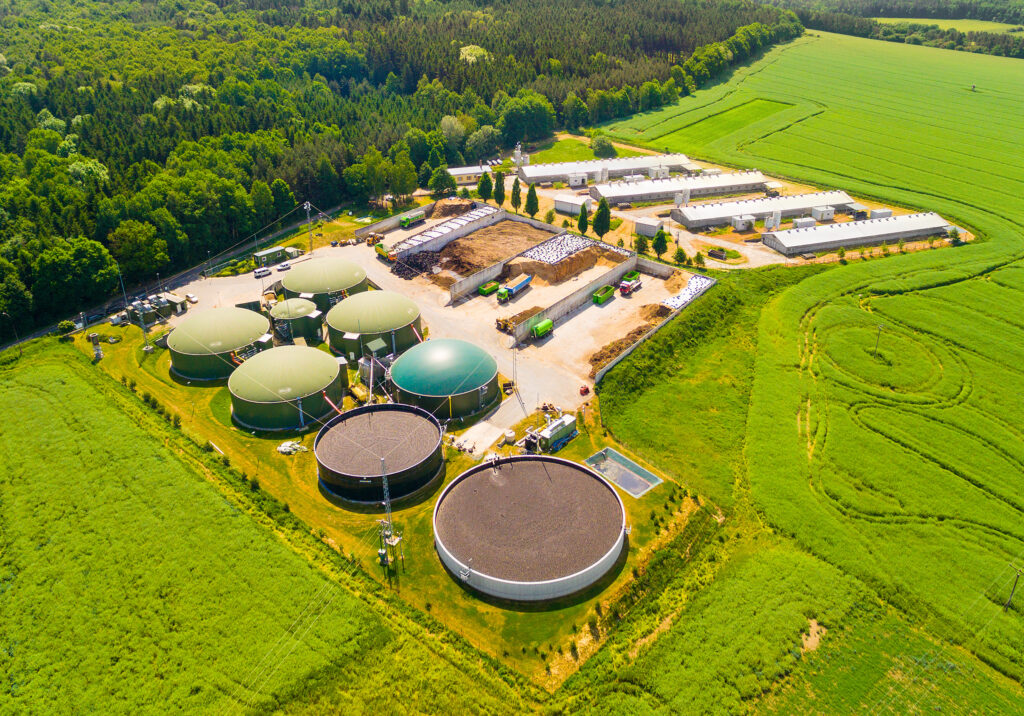
Renewable gases, such as biomethane, have great potential as an alternative source of energy for a low carbon future. The European standards EN16723-1 and EN16723-2 for biomethane injection were voted in 2016/17. However, they are of voluntary application and the threshold values are not based on a real technical data. This, added to the fact that there is no precise knowledge about the choice of trace components and that there were […]
